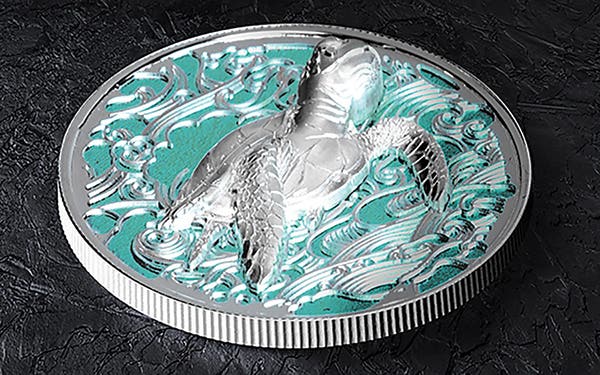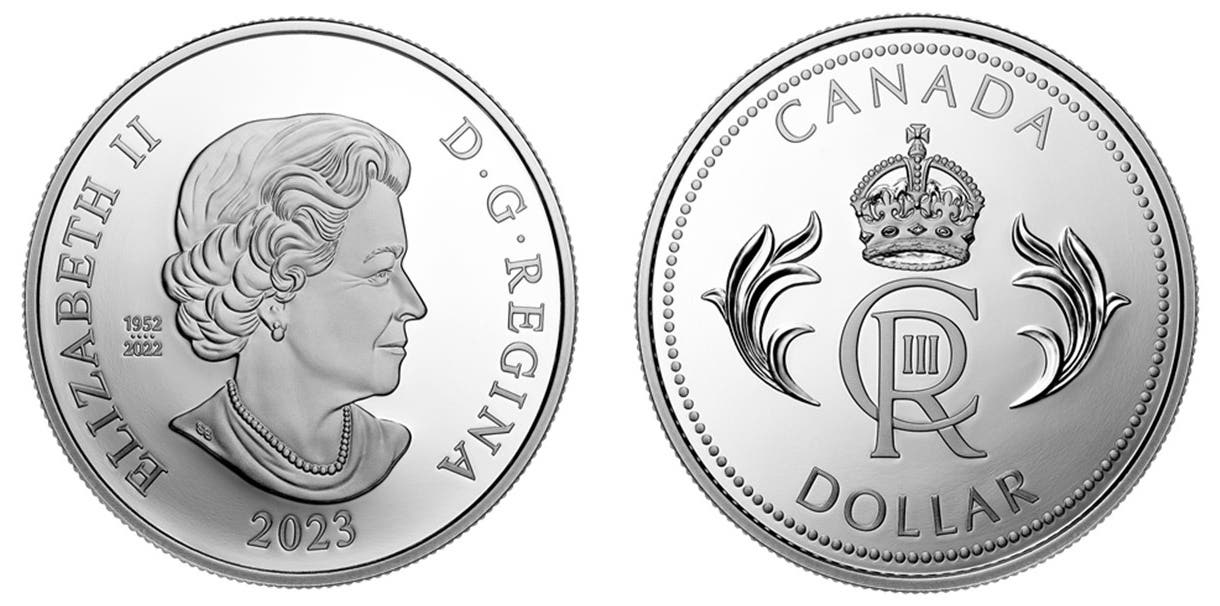Good King Wenceslas on Czech coins
In 1853, John Neale proclaimed, “Good King Wenceslas looked out, on the Feast of Stephen” … Neale’s words caught the fancy of many. They quickly became a popular Christmas carol…
In 1853, John Neale proclaimed, “Good King Wenceslas looked out, on the Feast of Stephen” … Neale’s words caught the fancy of many. They quickly became a popular Christmas carol – notwithstanding the indignant objections of pedantic academics. Despite the “Good King’s” feast being Sept. 28, today he is part and parcel of the Christmas package.
The specific Good King in question was Duke of Bohemia from 921 to 929 (or 935). He was declared king posthumously by his liege lord, the Holy Roman Emperor, Otto I.
During his short reign he was renowned for his piety and compassion. From the moment of his death at the hands of his brother in 929 (or 935), Bohemian Christians considered him both saint and martyr. Subsequently he was adopted as patron saint of the Czech Republic. All of which is pertinent to the many many coins struck to celebrate Saint Wenceslas a.k.a. Svatý Václav.
When the Czechoslovakian Republic produced it first dukát in 1923 Wenceslas was the chosen subject for the coins’ reverse. The design by Jaroslav Benda shows a facing half-length figure of the Duke. It was used from 1923 to 1938 and again in 1951 on both the .986 fine gold dukát (19.75 mm, 3.49 g, KM-7, -8) and 2 dukáty (25.00 mm, 6.982 g, KM-9).
In 1929 a gold 5 dukátu (34.00 mm, 17.455 g, KM-13) and 10 dukátu (42 mm, 34.909 g, KM-14) were introduced. Once again Duke Wenceslas occupied the reverse courtesy of designer Benda. This time he came mounted on horseback.
In the same year the Duke appeared on both sides of commemorative medallic pieces. Firstly gold 3 dukátu (KM-XM8) and 5 dukátu (KM-XM9) struck to mark the millennium of the introduction of Christianity into Czechoslovakia. Secondly on a gold 3 dukátu that marked his assassination 1,000 years earlier (KM-XM10).
Wenceslas fell out of fashion during the days of the Czechoslovak Socialist Republic but with the dissolution of Czechoslovakia in 1992 and the founding of the Czech Republic in 1993 Saint/Duke Wenceslas came back with a vengeance.
When new circulation coins were issued in 1993, the Duke put in his first appearance in this genre on a brass-plated steel 20 korun (KM-5).
And in the commemorative department the new Prague Mint has been busy making up for lost time. A browse of its website https://www.zlate-mince.cz/ shows a host of Wenceslasian coin and medallic issues particularly in recent years. Just type “Wenceslas” into the search engine.
Of special note are the Svatováclavské [Saint Wenceslas] dukát series produced over the past decade. These are spectacular coins available in both gold and silver and with a variety of denominations and finishes. The designs depict Wenceslas both as Duke and Saint, presenting him in both his temporal and spiritual glories.
One thing is for sure, any of these Wenceslas pieces would make a superb Christmas gift for the collector in your life. After all a 1937 Wenceslas 10 dukátu sold in April this year for $658,033 [550,000 euro].
This article was originally printed in World Coin News. >> Subscribe today.
More Collecting Resources
• The Standard Catalog of World Coins, 1901-2000 is your guide to images, prices and information on coinage of the 1900s.
• The 1800s were a time of change for many, including in coin production. See how coin designs grew during the time period in the Standard Catalog of World Coins, 1801-1900 .








